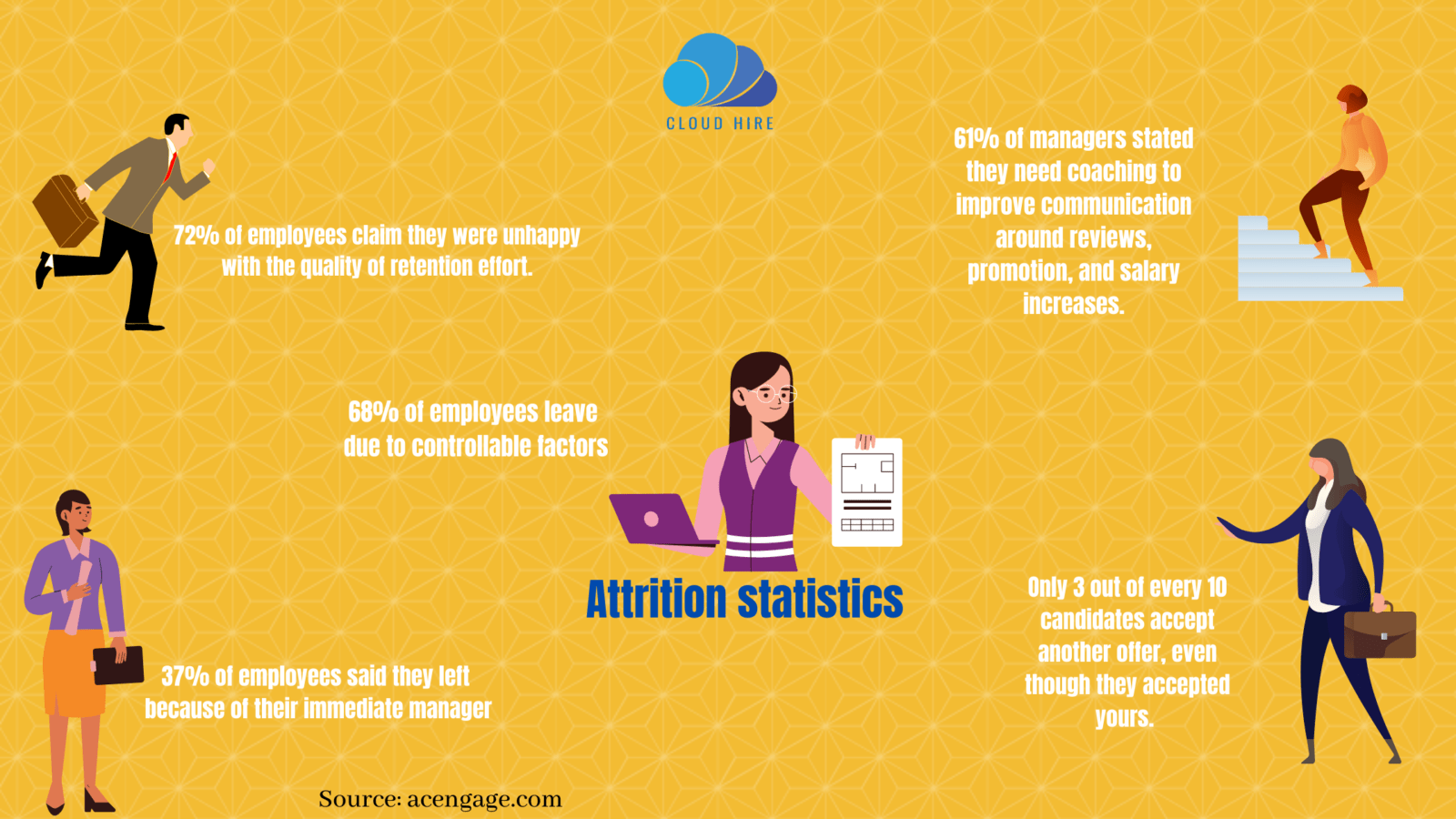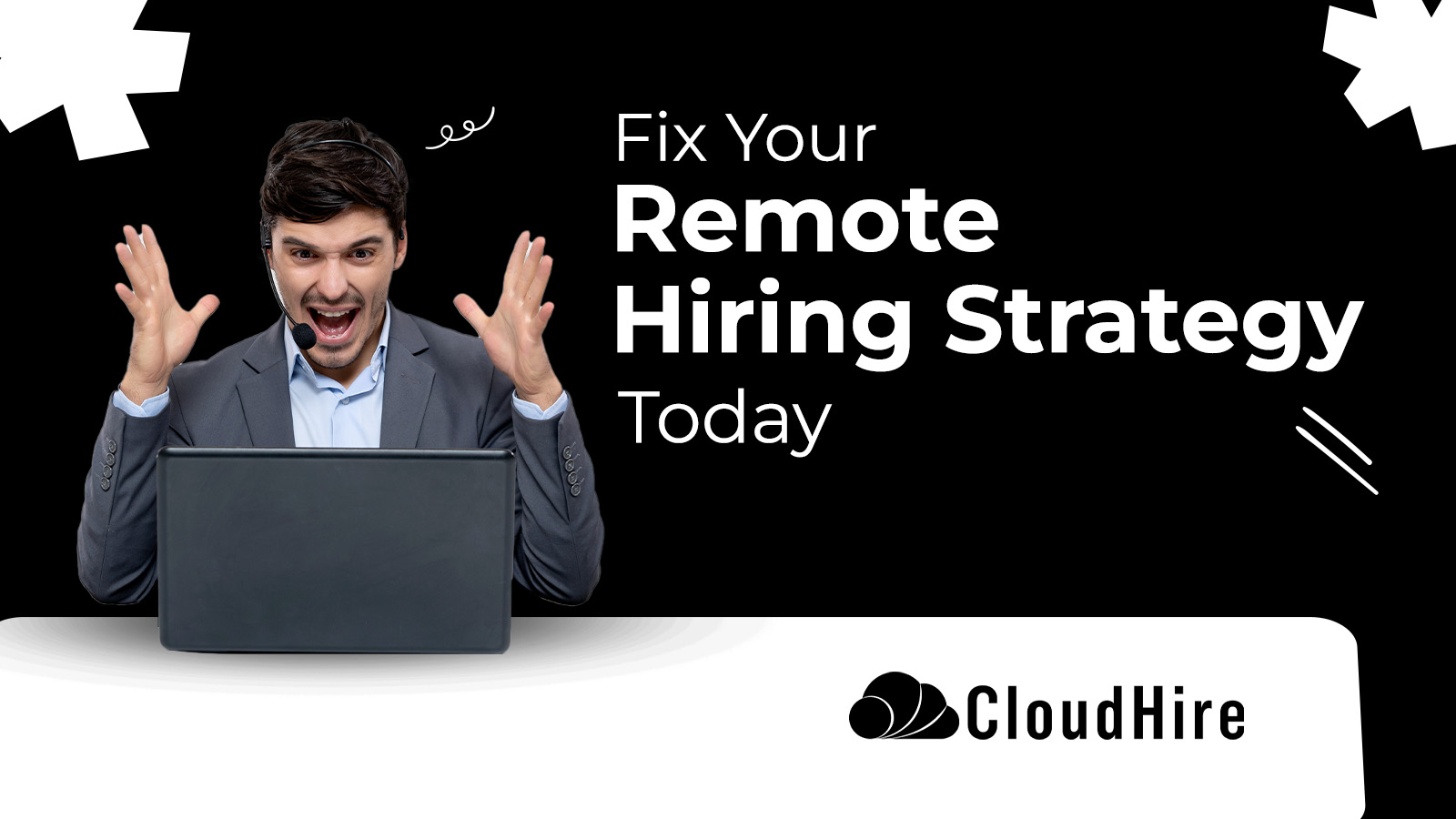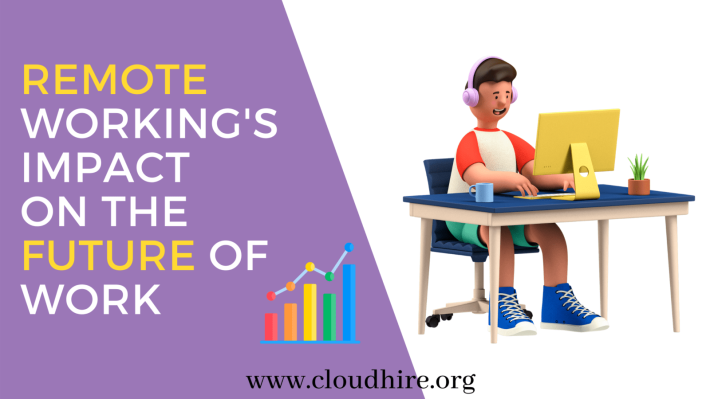What is Attrition?
Don’t know what attrition means? It’s a term applied to the process of downsizing the workforce of a company. Here’s an exact definition.
Definition: What is attrition?
Attrition is a gradual, voluntary reduction of employees (through resignation and retirement) who are not then replaced. This decreases the size of the workforce.
The difference between employee turnover and attrition can be boiled down to the reasons why employees leave companies. The reasons why employees leave companies can be numerous, and it is employers’ jobs to investigate and understand them.
Attrition statistics:
Here’s a list of some reasons that employees leave their positions at your company.
68% of employees leave due to controllable factors.
72% of employees claim they were unhappy with the quality of retention effort.
37% of employees said they left because of their immediate manager.
Only 3 out of every 10 candidates accept another offer, even though they accepted yours.
61% of managers stated they need coaching to improve communication around reviews, promotion, and salary increases.
Here’s how to calculate an attrition rate:
Attrition rate is the number of employees who leave a company divided by the number of employees in a company.
The attrition rate can be found using this formula:
Attrition Rate (%) = (No of leaves/No of employees) *100
Why is attrition important?
High attrition is important for several reasons. First, it significantly increases the cost of employment to the company. When this is high, employers have to spend a lot of money on recruiting new employees, hiring them, training them, and bringing them up to speed. In addition, the company incurs another cost associated with having positions opened and its consequent lower productivity.
Employee Attrition vs. Employee Turnover
Though the terms might seem similar, each of them gives different perspectives on the organization. Turnover applies to the hiring and firing that happens within an organization. A company is said to have high turnover rates when their employees routinely leave or are fired, resulting in the need to hire again. Attrition refers to when an employee voluntarily leaves and the company decides not to replace that employee with another one. Both terms refer to the health of an organization but provide information from different perspectives.
Causes for attrition:
There are a few causes of attrition. Here are some examples of what attrition is:
Unfair labor practice (ULP)
Inability to grow and develop careers
Lack of work-life balance
Lack of employee recognition and awards
Poor management
Poor work conditions
Lack of benefits
Other reasons for attrition
There are many concrete strategies you can employ to prevent attrition.
How to prevent voluntary attrition
If you’re finding it difficult to hire and retain employees, resulting in high attrition rates, you can work to fix the problems.
Make sure your managers are properly trained in management techniques.
Different from working on the job, management is a different skill set. If you want to reduce turnover, invest in managerial training; this will help you maintain both your managers and your staff.
Review your payroll records and compare salaries within the company to those in the field. Conduct periodic exit interviews with departing employees, particularly if they have not been replaced.
Do a salary survey of your competitors and benchmark your pay scale. If you pay less than the going rate, it can be difficult to retain employees.
Conduct stay interviews to figure out why employees are leaving. Don’t do this unless you are willing to make changes based on what you learn. If you don’t act on all the information collected, employees will resent your lack of follow through.
- Conduct stay interviews. Asking employees if they are satisfied with their jobs, if they would recommend the company to a friend, and what changes they think could make the company stronger are all good questions to ask employees during a stay interview.
- Consider a flexible work schedule. As many workplaces discovered in the year 2020, jobs that require physical presence can be done at home just as effectively as in the office.
- To reduce resignations, be selective in your hiring process and make sure that the candidates are the right match for the organization.
- To attract the right candidates, make sure that job postings are accurate and truthful. For instance, companies that post jobs as remote but plan to bring those employees into the office when governments lift restrictions will likely experience an increase in attrition.
Promote employees from within. Yes, it requires effort to invest in succession management, but you can save money and ensure a smooth business transition by doing so.
You can avoid the costs of involuntary attrition by hiring according to a structured plan.
Three out of every four employees will leave their organization this year, according to a recent study by the Society for Human Resource Management. The report also revealed that thirteen percent of employees will leave within the first six months of employment, and that half of all employee turnover occurs within twelve months.
https://www.cloudhire.org/steps-for-surviving-and-succeeding-in-a-job-interview/









